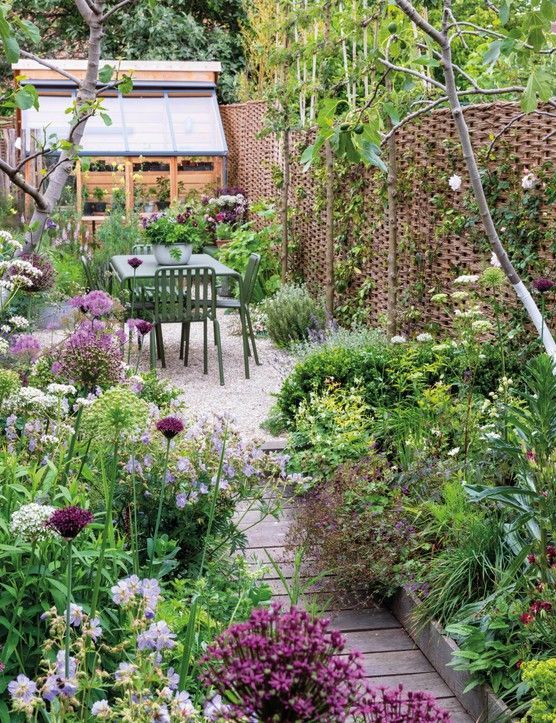
Small garden design is an art form that requires creativity and careful planning to make the most of limited space. When working with a small garden, every inch counts, so it is important to prioritize functionality and aesthetics. One of the key principles of small garden design is to create the illusion of space by incorporating design elements such as vertical gardening, mirrored surfaces, and strategic lighting. Vertical gardening, such as trellises or hanging planters, allows plants to grow upwards instead of outwards, maximizing space. Mirrored surfaces can also create the illusion of a larger garden by reflecting light and greenery. Strategic lighting can help create ambiance and highlight key features of the garden. Additionally, selecting the right plants for a small garden is crucial. Opt for plants that are compact in size, low-maintenance, and have a long flowering period to ensure year-round interest. By incorporating these design principles and selecting the right plants, even the smallest of gardens can be transformed into a beautiful and functional outdoor space.
Small gardens can be challenging to design, but with the right approach, they can become beautiful and functional outdoor spaces. One key tip for designing a small garden is to carefully consider the layout and placement of plants and features. By strategically placing plants and creating defined areas within the garden, you can maximize the available space and create a sense of organization and cohesion. For example, using raised beds or vertical gardening techniques can help make the most of limited space while also adding visual interest to the garden.
Another important factor to consider when designing a small garden is the choice of plants. Opting for compact or dwarf varieties of plants can help prevent overcrowding and allow for a more balanced and cohesive look. Additionally, selecting plants that thrive in the specific conditions of your garden, such as sunlight exposure and soil type, is crucial for ensuring the long-term health and vitality of your garden. By carefully planning and selecting the right plants for your small garden, you can create a vibrant and thriving outdoor space.
Incorporating hardscaping elements, such as pathways, patios, and garden structures, can also help maximize the usability and visual appeal of a small garden. By creating designated areas for seating, dining, or simply enjoying the outdoors, you can enhance the functionality of your garden and make it a more inviting and enjoyable space. Adding elements such as pergolas, trellises, or arbors can also provide vertical interest and help define different areas within the garden. By incorporating a mix of plants and hardscaping elements, you can create a well-balanced and visually appealing small garden that offers both beauty and functionality.
 Decoration Ideas
Decoration Ideas







